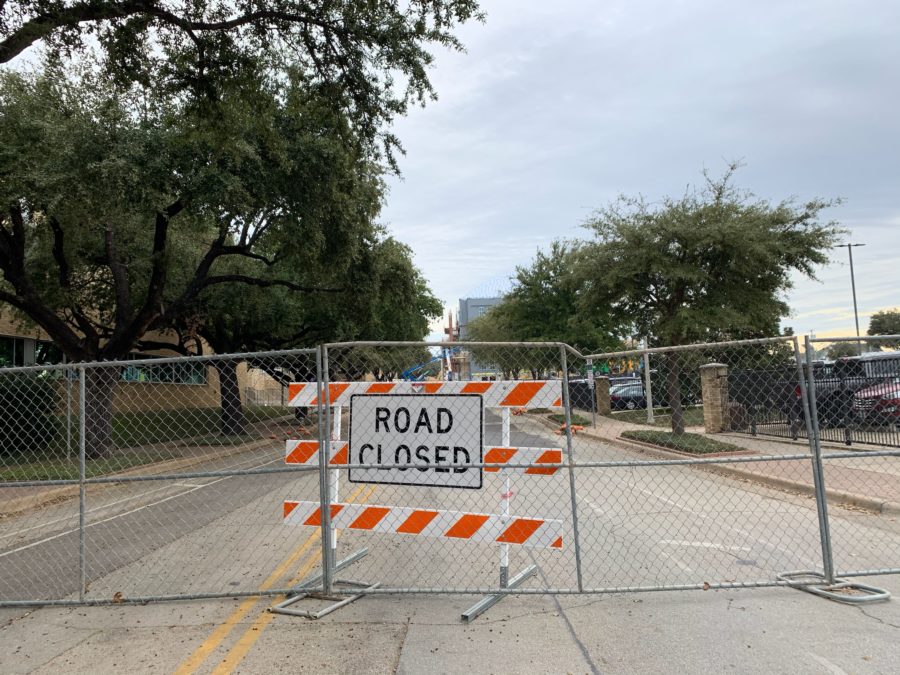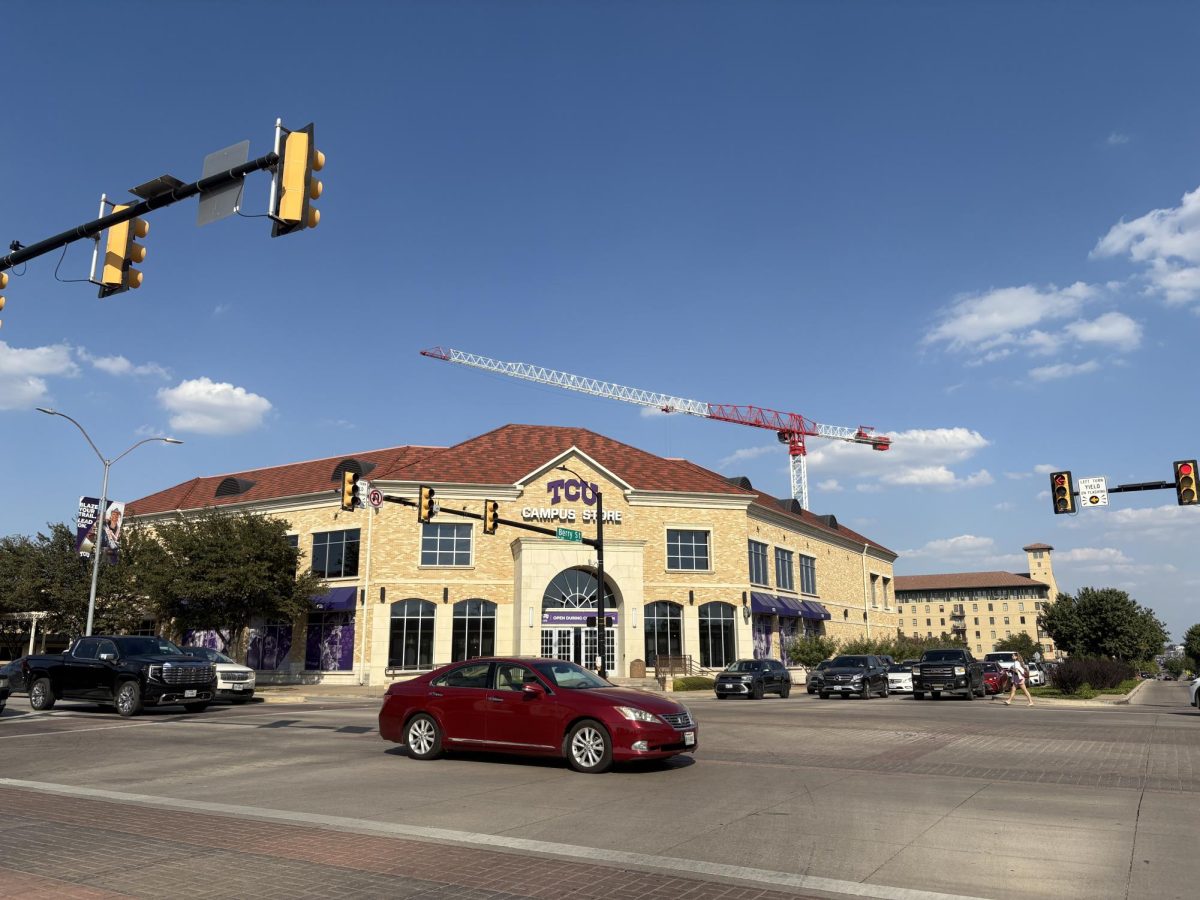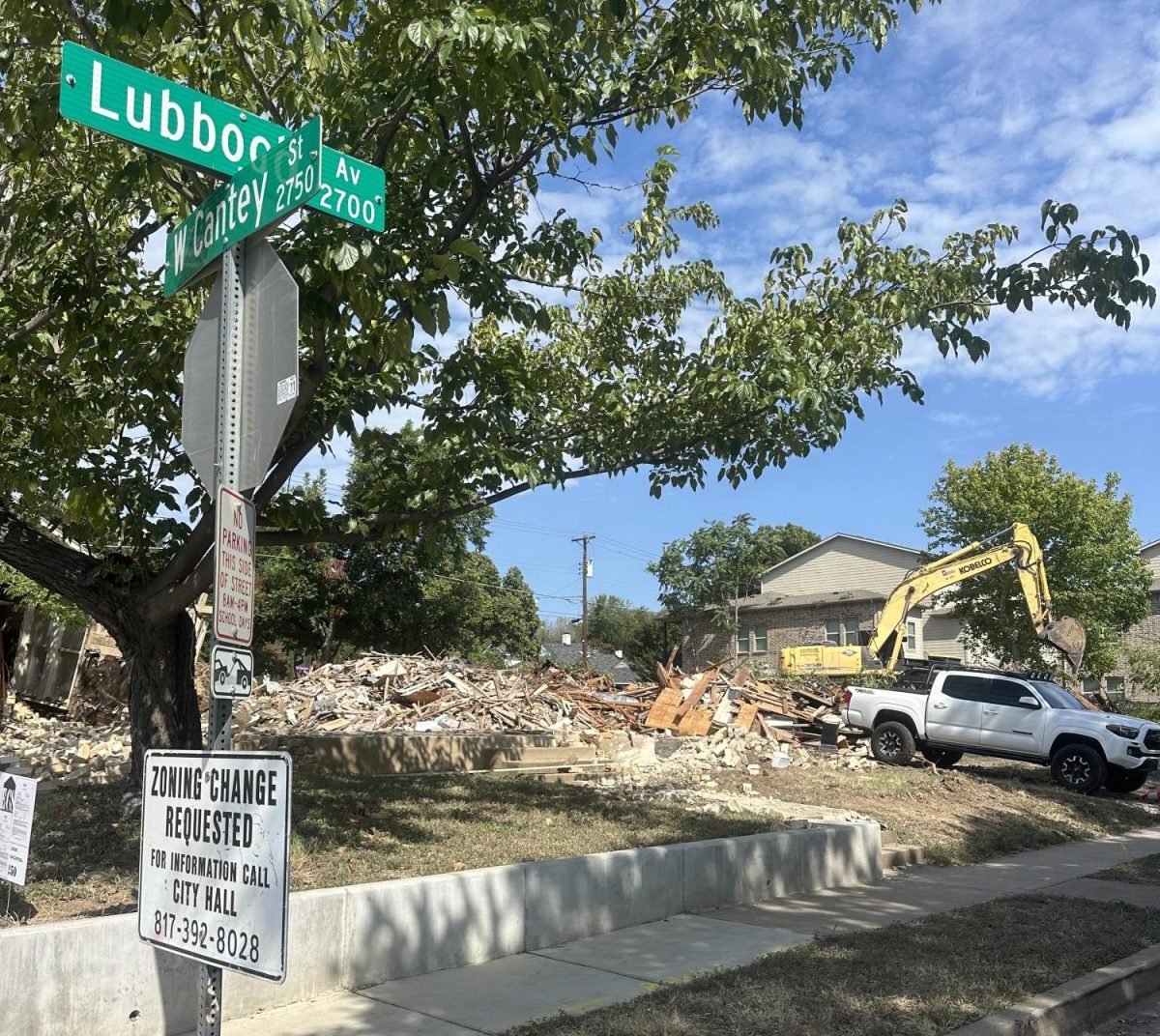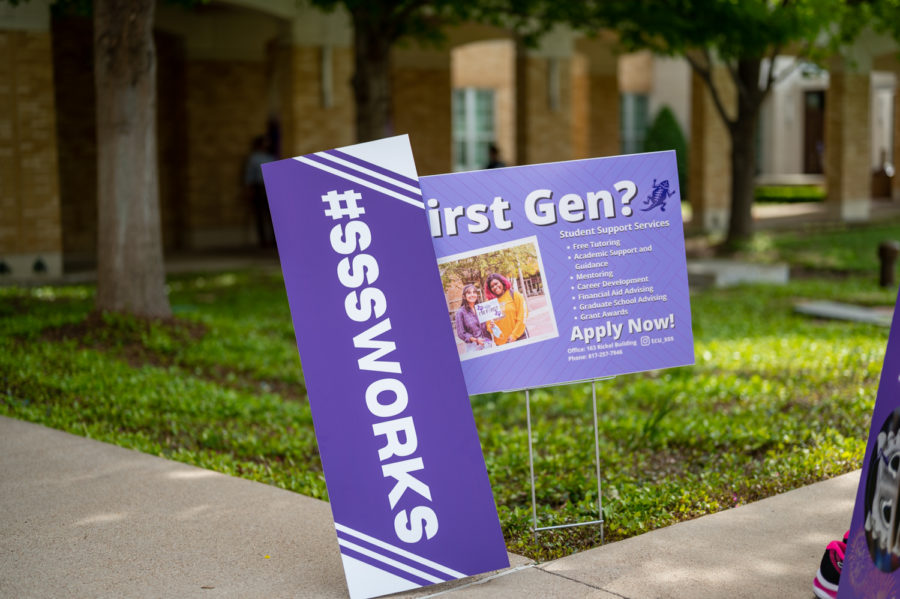Construction on the new administration building will force students to take a different route to class.
A small portion of Bellaire Drive north of Lot 9 was closed on Saturday, Nov. 30 as a part of the second phase of improvements to this area.
Pedestrians will not be able to access this area until the project is complete.
“The overall goal of this closure is to create a much safer, nicer and more accessible pedestrian pathway for students to be able to access the core of campus,” said Brooke Ruesch, the project manager.
The closure of Bellaire Drive North from Stadium Drive to Rogers Avenue is only temporary, Ruesch said.
The expected completion date for the new pedestrian pathway is fall 2020.
Students who reside in Worth Hills will now have to get to the core of campus via shuttle or by using one of the two new recommended pedestrian routes.
“The shuttles are great because they cut down on the time it takes to get to class, but they sometimes they can be unreliable in terms of what time they arrive at the stop,” said Helen Rieke, a sophomore strategic communication major.
In an email sent to students, TCU Facilities encouraged students to head north on Stadium Drive and walk through the University Recreation Center or use the driveway just south of Moncrief Hall to access the main part of campus.
Students and visitors who use Lot 9 and the admissions lot will have to enter at the new traffic light at the intersection of Wabash and Berry Street.
“This portion of Bellaire Drive North will be permanently closed to regular vehicular traffic and cars will be directed to access the admissions building and the new administration building from the new intersection at Wabash Avenue and Berry Street,” Reusch said.
The next closure related to this project is scheduled to take place Jan. 5 when the portion of Bellaire Drive further west to Stadium Drive is closed.
In addition to this closure, the visitor lot adjacent to Tom Brown/Pete Wright will be closed over Christmas break to “tie in some elevation variations in this area,” Reusch said.
The main portion of this work is coordinated to when students, faculty and staff are away from campus, but more communication will be sent as these dates approach.






